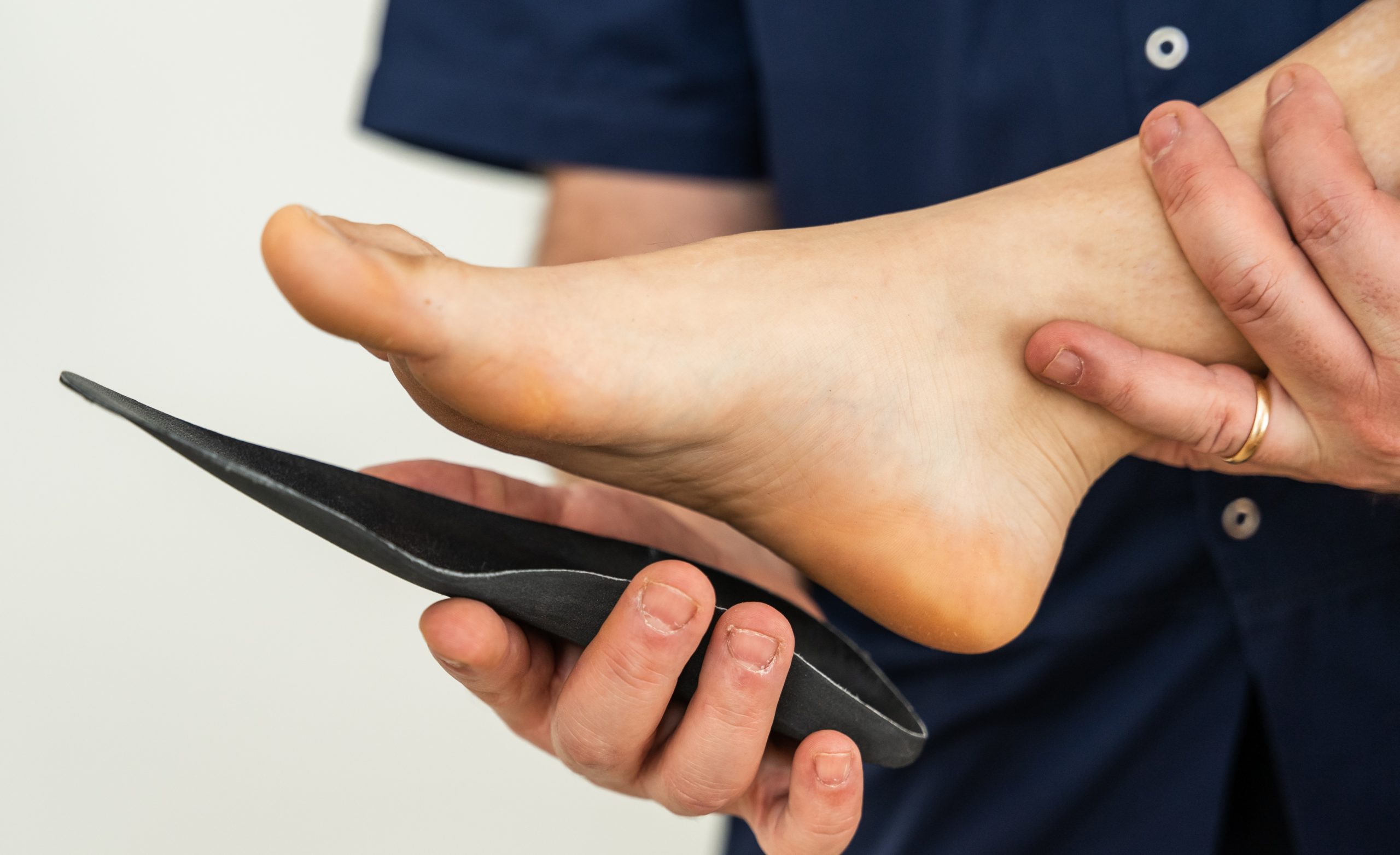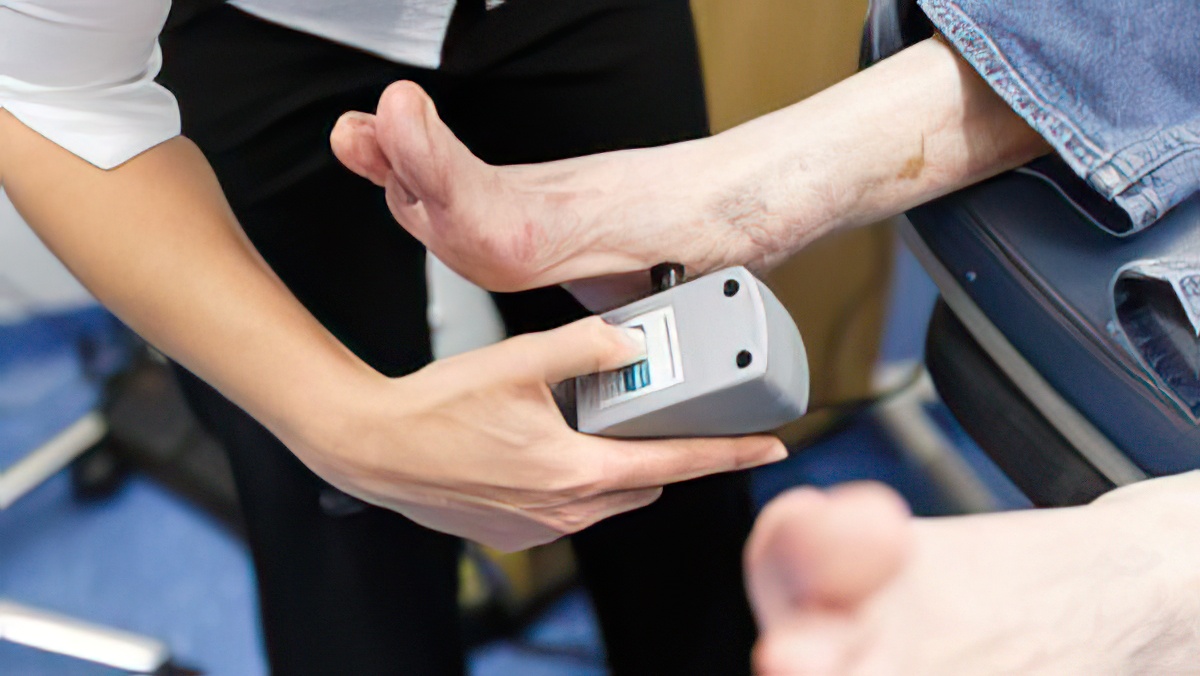Should I worry that my child has flat feet?
We’ve all wondered about it. We’ve all heard cautionary tales from friends, neighbours or relatives. But just how worried should you be about your child’s “flat feet”?
One of the common reasons children present to our clinics is to be assessed for flat feet, often with pain. This is because around 15% of children have flat feet.1 As more people are becoming foot conscious, parents are trying to get ahead of the game by spotting anything that could cause issues for their children in adulthood.
So why can flat feet be a problem?
Our feet are a complex system of pulleys and levers that help us stand and walk around. Each person also has different genetics which dictates their foot structure. When a child has structurally flat feet, this may cause functional issues.2 Our foot is supposed to line up and take our bodyweight in a way that helps it to spring forwards with each step and which gets us from A to B each day. To keep things simple, flat feet don’t spring particularly well. Instead, you’ll see people rolling off the sides of their feet. This is where you hear people say that their feet ‘roll in’. The technical term for this is pronation. For kids, it is important to assess the feet thoroughly to understand what is normal and what may require treatment.2 Children are robust and typically rebound quickly from injury. So, if your child is complaining of recurring/ongoing discomfort, this can be an indication that their feet are contributing to the problem.1
Things to look out for
- Does your child have pain in their feet and/or lower limbs?
- Does your child complain of cramping legs during the night?
- Do they ask for regular leg massages?
- Are they constantly asking to be picked up?
- Do they struggle to keep up with their friends or siblings?
- Are they always getting bruises on their shins, legs or knees from tripping?
- Do you notice a difference between your child’s feet?
These can all be a sign that something isn’t working well in your child’s feet and potentially making it hard for them to be active.
If you answered yes to any of these questions, it may be worth visiting one of our experienced podiatrists for an assessment. You might be reassured that their feet are normal or your child might receive some treatment recommendations to help them return to playing in a care free manner, as kids should.
Surely children “grow out of it” though?
Monitoring is the most common approach for flat feet, but should be gauged on a case-by-case basis. Our podiatrists have seen all different types of flat feet over the years and this experience can help them to identify factors which might lead to intervention versus wait and see approach. Sometimes the cause of flat feet may be a normal variation. At certain ages flat foot, knee position (knocked knees, bow legs) and gait signs like in-toeing are definitely things that should be assessed.1 Sometimes there is a family history of arthritis (i.e., bunions, midfoot or ankle osteoarthritis), plantar fasciitis, heel spurs and other pathologies. The best thing you can do is to get your child’s feet assessed if you have concerns and this will put your mind at ease or help you access the appropriate management at the right time.
References
1Evans AM, Rome K, Carroll M, Hawke F. (2022). Foot orthoses for treating paediatric flat feet. Cochrane Database of Systematic Reviews 2022, Issue 1. Art. No.: CD006311. 2Carr JB 2nd, Yang S, Lather LA. (2016). Pediatric pes planus: a state-of-the-art review. Pediatrics. Mar;137(3):e20151230.




